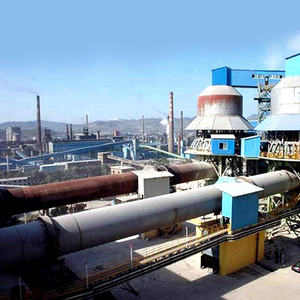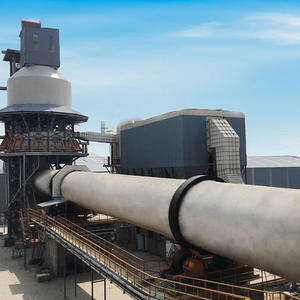Operating heavy machinery represents a critical responsibility demanding a blend of technical understanding, rigorous discipline, and unwavering commitment to safety. As mechanical engineers, we design and analyze these complex systems, but their effective and safe operation hinges on adherence to fundamental principles. This article outlines core considerations for those entrusted with controlling heavy equipment.
(how to heavy machinery)
Safety: The Non-Negotiable Foundation
Safety transcends priority; it is the absolute bedrock. Operators must possess comprehensive training certified for the specific machine type. This training encompasses understanding machine limitations, stability principles, center of gravity, load charts (for lifting equipment), and crucially, recognizing and mitigating site-specific hazards. Blind spots are inherent; spotters are essential for maneuvering in congested areas. Rigorous pre-operational inspections are mandatory. This involves checking fluid levels (engine oil, hydraulic fluid, coolant), tire/undercarriage condition, structural integrity, brake functionality, lights, horns, and safety devices like seat belts, ROPS (Roll-Over Protective Structures), and FOPS (Falling Object Protective Structures). Any malfunction or defect must be reported immediately; operating compromised equipment is unacceptable. Personal Protective Equipment (PPE) – hard hats, steel-toe boots, high-visibility vests, hearing protection, and sometimes eye protection – is compulsory at all times.
Pre-Operational Checks: Systematic Diligence
The pre-start checklist is not a formality; it is a critical diagnostic procedure. Begin with a thorough walk-around visual inspection. Look for leaks (hydraulic, fuel, coolant), damaged hoses or lines, loose fasteners, cracks in structural components, and track/wheel condition. Inspect attachments for security and wear. Inside the cab, ensure controls are clearly labeled and function smoothly, gauges are operational, mirrors are clean and adjusted, and the operator’s station is free of obstructions. Verify emergency stop functions. Start the engine and listen for abnormal noises while monitoring gauges for proper oil pressure, coolant temperature, and hydraulic pressure during warm-up. Test all control functions (steering, implements, brakes) cautiously before engaging in work. Documenting these checks fosters accountability and provides a maintenance history baseline.
Operational Principles: Precision and Awareness
Effective operation requires smooth, deliberate control inputs. Avoid jerky movements that induce instability or stress components. Understand the machine’s kinematics and hydraulic system behavior – anticipate response times and pressure surges. Maintain constant situational awareness: know the location of all personnel, obstacles, overhead lines, unstable ground, and other equipment. Utilize spotters effectively, establishing clear communication protocols (hand signals or radios). Strictly adhere to load charts for cranes and lifting equipment; never exceed rated capacities, considering load weight, boom angle, radius, and dynamic factors. Be acutely aware of the machine’s stability envelope, especially when operating on slopes or uneven terrain; travel slowly and keep loads low. Ground conditions significantly impact stability; avoid soft, saturated, or unstable areas. Weather conditions (wind, rain, fog) demand heightened caution and potential work cessation. Never bypass safety interlocks or modify controls.
Maintenance Awareness: The Operator’s Role
While dedicated maintenance personnel perform scheduled servicing, operators are the first line of defense. Daily fluid level checks (engine oil, coolant, hydraulic fluid) and visual inspections for leaks or damage are paramount. Cleanliness matters; keep the cab and external surfaces free of debris, mud, and grease to facilitate inspections and prevent fire hazards. Report any unusual noises, vibrations, performance degradation, warning lights, or leaks immediately and accurately. Avoid operational practices that cause undue stress, such as excessive shock loading, over-revving, or operating outside recommended parameters. Understand basic maintenance schedules outlined in the operator’s manual. Protecting the machine from avoidable damage through careful operation directly impacts its longevity and reliability.
Conclusion: A Culture of Responsibility
(how to heavy machinery)
Operating heavy machinery is not merely a task; it is a significant responsibility demanding technical competence and a profound safety ethic. Success hinges on meticulous pre-operational inspections, disciplined adherence to safe operating procedures, constant situational awareness, and proactive reporting of potential issues. Mechanical engineers design these powerful tools, but their safe and productive deployment rests firmly on the shoulders of skilled, vigilant, and responsible operators. Fostering a pervasive culture where safety and procedural compliance are ingrained values is essential for protecting personnel, preserving valuable assets, and ensuring project success. Continuous training, clear communication, and mutual respect between operators, engineers, and site management form the cornerstone of this critical endeavor.


